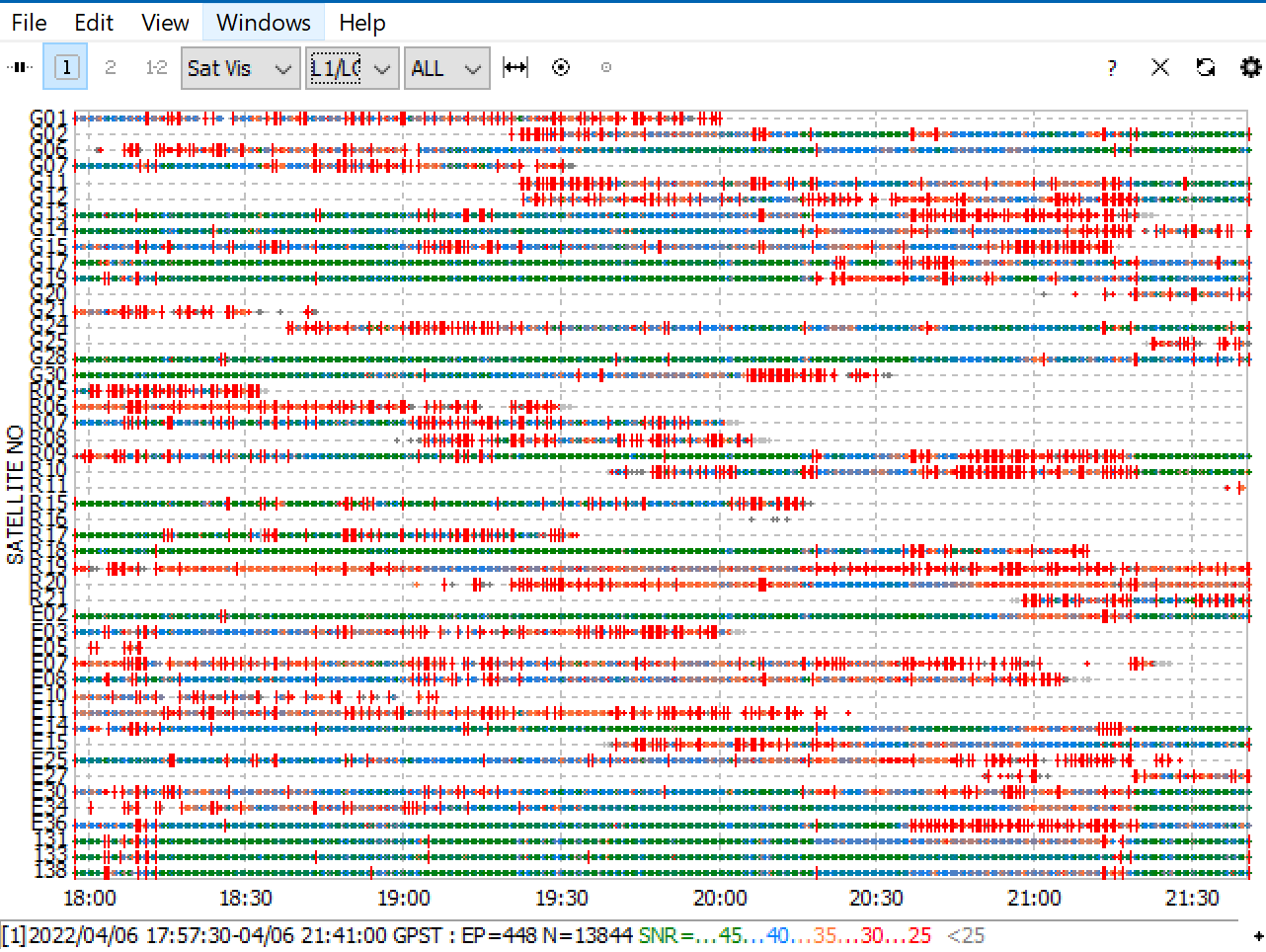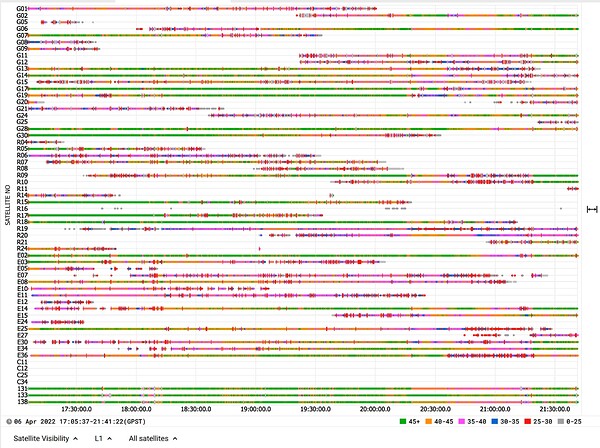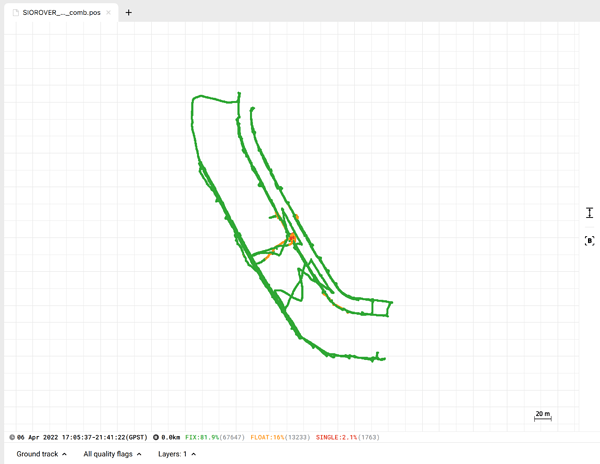Hello! I have a question; maybe someone can help me. I have a CORS (NTRIP) correction provider. I use it with my RS2 and get a fix and great precision. Sometimes due to no cellular coverage, I tried to collect in float and I try to use the RINEX the provider has to download to do PPK with EMLID STUDIO. No fix was obtained, just float. Playing around and noticed Leica Infinity post-processing obtained a fix but using GPS, Galileo, and BEIDU. So, I tried PPK in EMLIS STUDIO with settings using without processing GLONASS and it worked. Why does RTK use GLONASS AND PPK not (I made a test just using GPS AND GLONASS with RTK and PPK)? Another consideration is this only occurs with the RINEX from my CORS provider if I do the same with my RS2 BASE this doesn’t happen.
Hi Guillermo,
We use different algorithms for RTK and PPK, that’s why such a thing can indeed happen. It usually depends on settings tuning, so it’d be great if you share the exact files with us – this way, we can just say more about the reasons.
Do you know if the CORS tracks L2C frequencies? We can check it if you share the files.
Hi Tatiana!
Here is the link. I included two different RINEX from the CORS provider, one sampled at 1 per second and other at 1 every 30s. These are from the same base used during the RTK. Thanks, in advance.
Your RS2 observation seems to have quite a bit of multipath and cycleslips.
Using EzSurv to process, I can’t get a fix at all.
Well , so how my RS2 gets fix from this same antenna when using it via NTRIP?
Hi Guillermo,
Thanks for sharing the data!
Please give me a bit of time to check the files as well. After that, I’ll get back to you with my thoughts on it.
Thank you! Will wait for…
Hi @osinaldi,
Sorry that checking the files took so long!
As I see, your base doesn’t track L2C frequencies. Because of it, Emlid Studio uses L1 frequency only for GPS. And that’s why GLONASS and BeiDou observations start to affect the solution more.
However, this data is poor. As Christian said, there are a lot of red marks – cycle slips in the logs. They appear when the signal is delayed or interrupted.
Low data quality leads to a low percentage of Fix. So I’d recommend you reconsider your setup to provide the receiver with more clear sky view without any obstacles. It’ll improve the results.
Even when the raw data is not very good, you can still play with the processing settings in Emlid Studio. It allows setting which data will be used in calculations. So you can use logs of better quality.
The best result I achieved with your dataset was 81.9 % of Fix, which is pretty close to RTK results (82.1 % of Fix). To get it, I’ve set the SNR mask for L2 as 50 to exclude L2 data from calculations altogether. And also, I used the Combined filter type. All the satellite constellations were on.
Interesting, why not just use the L1 option instead?
Emlid Studio doesn’t have such an option. And I can say it’s the first time I have applied it. When the data is good, such options are simply not needed.
I’m sure y’all are aware of this, but would like to inform beginners in PP.
Be careful lowering or increasing signal mask, this would affect PDOP which may give false results.
During PP with our Justin 3 or TBC, I’ve played around with settings increasing/lowering signal ratios when PP using M2’s, especially when the M2 is in a bad environment . Of course I always have a closed loop on my GNSS traverses, especially in high-multi path environments. You’ll be surprised at how changing this will give you a false sense of accuracy unless you have a way to verify the position/accuracy.
I did this constantly back in the beginning days using Trimble single freq receivers. In those days, you never went near any kind of multi-path, even along wood lines/pastures where half the sky was blocked.
Closed loops/short baselines are your buddies, even when PP drone/base data. Another receiver on or near the project site is well worth the expense for peace of mind and will also increase image accuracy.
This topic was automatically closed 100 days after the last reply. New replies are no longer allowed.






